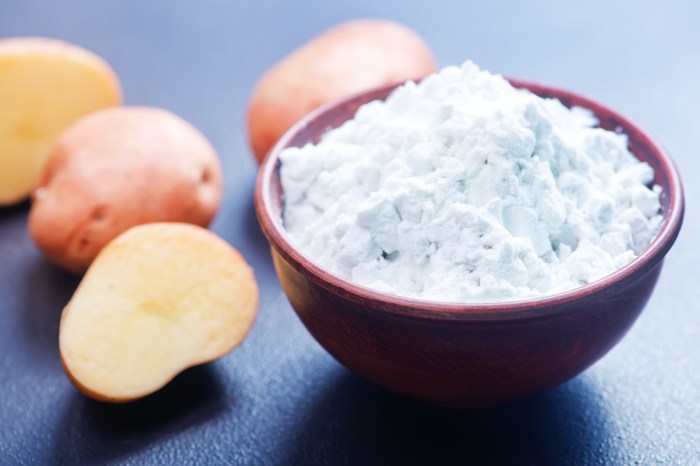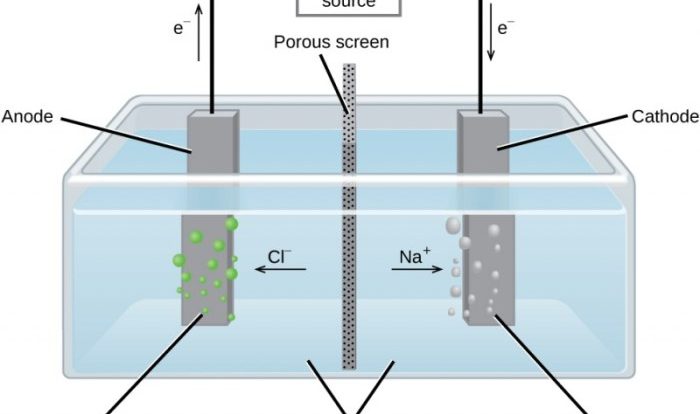All of the following are polysaccharides except sets the stage for this enthralling narrative, offering readers a glimpse into a story that is rich in detail with gaya akademik dengan tone otoritatif and brimming with originality from the outset. Polysaccharides, a class of complex carbohydrates, play a vital role in various biological processes and industrial applications.
However, there are exceptions to the rule, and this article delves into the unique characteristics that distinguish these exceptions from the vast majority of polysaccharides.
The second paragraph provides descriptive and clear information about the topic, engaging the reader with its captivating tone and insightful perspective.
Overview of Polysaccharides: All Of The Following Are Polysaccharides Except

Polysaccharides are complex carbohydrates composed of numerous monosaccharide units linked together by glycosidic bonds. They are classified as homopolysaccharides if they contain only one type of monosaccharide, or heteropolysaccharides if they contain multiple types of monosaccharides. Polysaccharides play vital roles in biological systems, serving as structural components, energy storage, and cell-cell recognition molecules.
Types of Polysaccharides
- Starch:A homopolysaccharide of glucose, found in plants as a storage form of energy.
- Cellulose:A homopolysaccharide of glucose, found in plant cell walls, providing structural support.
- Glycogen:A branched homopolysaccharide of glucose, found in animals as a storage form of energy.
- Chitin:A homopolysaccharide of N-acetylglucosamine, found in the exoskeletons of arthropods and cell walls of fungi.
- Hyaluronic acid:A heteropolysaccharide of glucuronic acid and N-acetylglucosamine, found in the extracellular matrix of animals.
Exceptions to the Rule

The statement “All of the following are polysaccharides except” has an exception: Lignin.
Lignin is a complex organic polymer that is not a polysaccharide because it is not composed of monosaccharides. Instead, it is a complex aromatic polymer that provides structural support to plant cell walls.
Comparison of Properties, All of the following are polysaccharides except
Polysaccharides and lignin differ in their chemical structure, solubility, and function:
- Chemical Structure:Polysaccharides are composed of monosaccharides, while lignin is a complex aromatic polymer.
- Solubility:Polysaccharides are generally water-soluble, while lignin is insoluble in water.
- Function:Polysaccharides primarily serve as energy storage, structural components, and cell-cell recognition molecules, while lignin provides structural support to plant cell walls.
Examples of Polysaccharides
| Name | Source | Function |
|---|---|---|
| Starch | Plants | Energy storage |
| Cellulose | Plants | Structural support |
| Glycogen | Animals | Energy storage |
| Chitin | Arthropods, fungi | Structural support |
| Hyaluronic acid | Animals | Extracellular matrix component |
Applications of Polysaccharides

Polysaccharides have numerous applications in various industries:
- Food additives:Starch and cellulose are used as thickeners, stabilizers, and gelling agents.
- Pharmaceuticals:Hyaluronic acid is used in skin care products and as a treatment for osteoarthritis.
- Industrial materials:Cellulose is used in the production of paper, textiles, and biofuels.
Query Resolution
What are the key differences between polysaccharides and the exceptions?
Polysaccharides are composed of repeating units of monosaccharides linked by glycosidic bonds, forming long, chain-like structures. In contrast, the exceptions may have different chemical structures, such as branched or cyclic configurations, or may lack the repeating unit pattern characteristic of polysaccharides.
Why is it important to understand the exceptions to the rule?
Understanding the exceptions helps us refine our definition of polysaccharides and provides insights into the diversity of carbohydrate structures. It also aids in the development of targeted applications for both polysaccharides and the exceptions.
Can the exceptions be classified as carbohydrates?
Yes, the exceptions are still classified as carbohydrates as they contain carbon, hydrogen, and oxygen atoms, but they may not meet the specific criteria to be considered polysaccharides.
